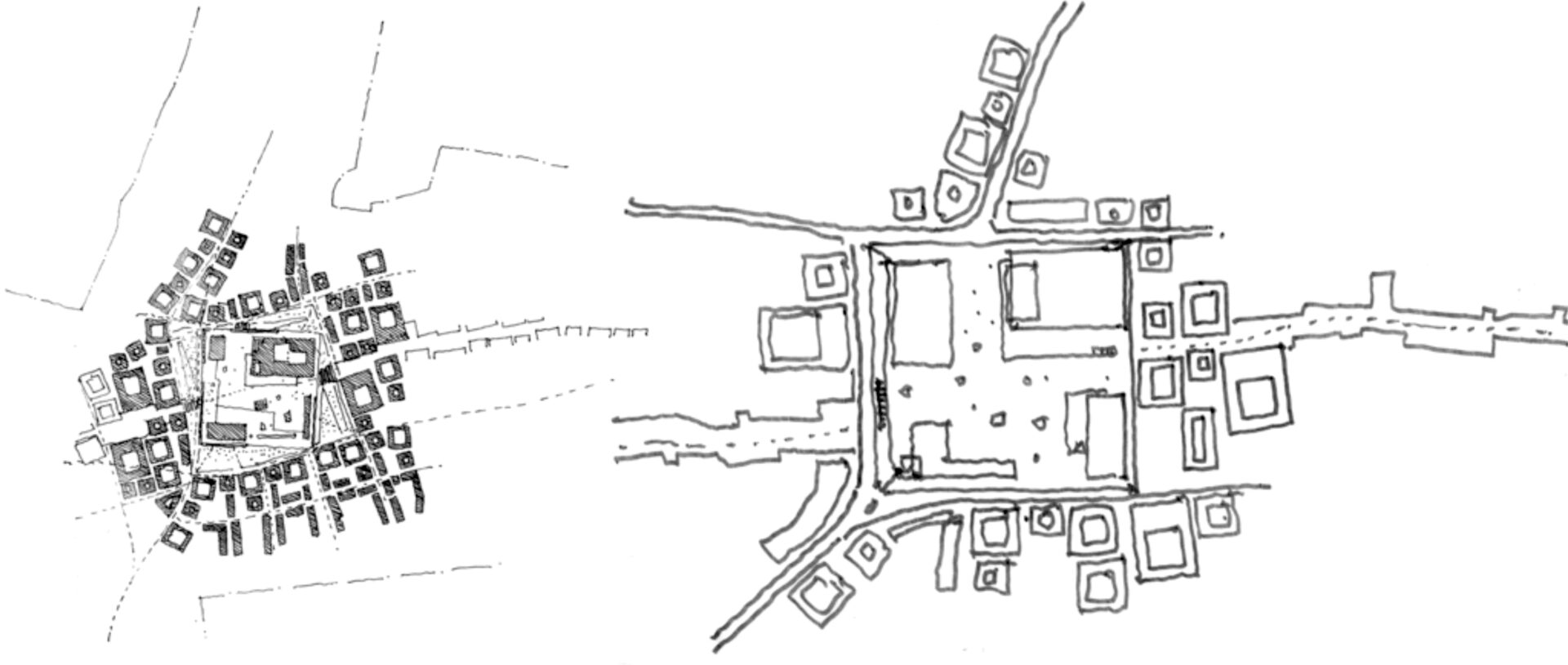Caution needed because of the several challenges that the university faces.
“Fire can’t destroy knowledge,” affirmed Prime Minister Narendra Modi while inaugurating the Nalanda University in Rajgir district of Bihar. The University is a reconceptualization of the ancient Nalanda University, a historic centre of learning that attracted scholars from around the globe. Today is Guru Poornima and important in the Indian Knowledge System of placing the Guru, Teacher on the highest pedestal. Classical Indian Buddhism and basic sciences need to be studied, reimagined and reconstructed to the present and the future.
INSPIRATION FOR NALANDA
The inspiration for the University comes from the eponymous Nalanda University, established by Emperor Kumaragupta I of the Gupta Empire around 427 AD. It flourished under several other rulers, including the Pala Empire. Before its brutal destruction in the 13th century by Bakhtiyar Khilji, the University was world-renowned for its academic contributions and diversity. Known predominantly as the centre of Buddhist philosophies like Madhyamaka and Yogachara, the University attracted scholars from all over the world who studied subjects such as astronomy, alchemy, grammar, logic, medicine, mathematics, and the Vedas. Many of the significant contributions to Mahayana Buddhism came through Nalanda. It flourished for 700 years in excelling in many basic disciplines of the day.
One of the distinguished features of the University was that it was a residential institution that, at its peak, housed roughly 10,000 students. Its alumni included notable figures such as Aryabhata, Dharmakirti, Dharmapala, Nagarjuna, and Harsha. Perhaps one of the most alluring facts about Nalanda comes from travellers, scholars and pilgrims who have written about their experiences at Nalanda, such as Faxian, Yijing, and Xuanzang (Chinese Buddhist scholars and travellers). The grand nine-story library of Nalanda housed a collection of hundreds of thousands of scripts ranging from astrology, astronomy, religion, logic, grammar, medicine, literature, mathematics, and philosophy.
REVIVAL AND RECONCEPTUALIZATION
The late former President and scientist Dr A.P.J. Abdul Kalam proposed reviving the Nalanda University during his lecture in March 2006. Subsequently, the Bihar government passed a bill in support of the idea in 2007, followed by Indian Parliament passing the Nalanda University Bill in 2010. Since then, the University has undergone various phases of development, including Prime Minister Modi’s recent unveiling of its new campus.
Investment in education has to be in double digits of our GDP. This investment will give better students who will be innovative, inventive and take India to the top as an economic power. Hitherto, the University has several reasons for optimism about its future, but other normative obstacles remain. Firstly, the name of Nalanda carries significant weight, but historical prestige alone is insufficient without current achievements. The challenge lies in living up to its predecessor’s legacy, a burden few universities face.
Secondly, establishing academic credentials is a lengthy process. For example, academic journals typically take three to four years to be indexed in reputable global databases like SCOPUS. Achieving higher rankings through indices like Impact Factor or h-index further requires five to ten years of sustained high-quality research publication. Expecting immediate top rankings from QS or Times Higher Education is unrealistic, as such recognition takes time and consistent scholarly output.
WAY FORWARD
The prospects for Nalanda University may seem optimistic. Still, caution is warranted due to several challenges that need addressing, and proactive initiatives are required from its leadership. Firstly, currently managed by the Ministry of External Affairs (MEA), the University enjoys considerable international credibility, akin to the South Asian University, a SAARC initiative. It would be unwise for the government not to leverage the MEA’s diplomatic channels to promote the University globally. Through academic diplomacy, the MEA could enhance Nalanda’s visibility and attractiveness, acting as both a promoter and a facilitator for international students and faculty to engage with the Nalanda experience in India. Historically, this domain has been underutilized by the government, but with the new campus ready, India has a significant opportunity to develop and project its soft power through Nalanda University on the global stage.
Secondly, the University needs to develop its academic niche beyond Buddhist and historical studies, which currently dominate its offerings. It’s encouraging to note that the campus is modelled on the architecture of the original Nalanda. However, what caught attention beyond the visuals of architecture is its commitment to sustainability. As Prime Minister Modi informed the campus is a “Net Zero Energy, Net Zero Emissions, Net Zero Water and Net Zero Waste model.” Nalanda also houses a School of Ecology and Environment Studies, which should strive to become a global hub for high-quality research in these crucial areas.
Thirdly, the University is currently in its infancy in terms of the courses and programs it offers. It has to expand beyond Master’s and PhD courses to include Bachelor’s courses in diverse subjects. To truly realize and honour the legacy of the original Nalanda, there also needs to be greater diversification and inclusivity in its academic offerings. Fourthly, the University’s values, both philosophically and in terms of outcomes, should be centred around the principles of diversity and inclusion, reflecting the traditions of Indian Knowledge Systems (IKS) with Modern Sciences. It’s important to note that India’s diplomacy also resembles this thinking through its “Vasudhaiva Kutumbakam” philosophy, which could provide a strong foundation for the University to orient itself around. Better connectivity by road/ air, Buddhist tourist circuit and the re-establishment of Classical Indian Buddhist Systems are necessary to make Nalanda an attractive destination globally.
Nalanda University is poised to become a significant institution in both the Indian and global educational landscapes. Its ability to forge a unique identity while upholding the values of ancient Nalanda and Indian principles of diversity and inclusion will be pivotal in honouring its predecessor’s legacy. Expecting Nalanda to swiftly attain elite global status is unrealistic; but it must attract the best faculty and that will bring in the students to reconstruct the famed Nalanda University in proving that Learning is to be here.
Prof Santishree Dhulipudi Pandit is the Vice Chancellor of JNU.

